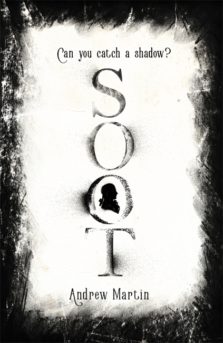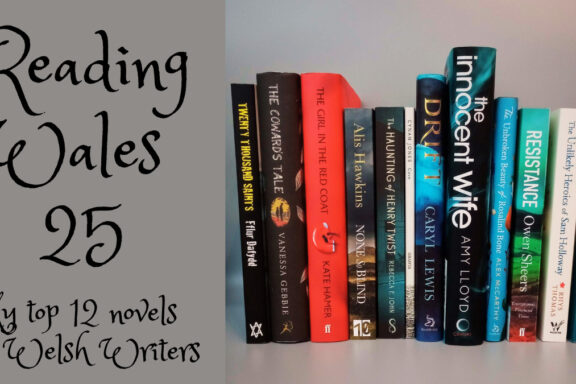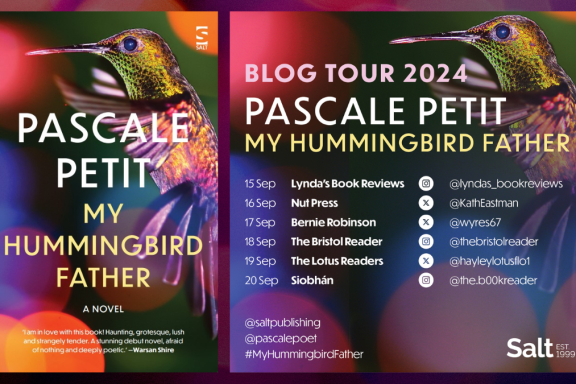
Set in York at the end of the eighteenth century, Soot features an unlikely amateur sleuth in Fletcher Rigge. Plucked from the debtor’s prison by a questionable benefactor from the wrong part of town, he’s given a month to investigate the murder of Captain Harvey’s father, one of York’s silhouette artists. The suspects are his last sitters, with only their duplicate shades to identify them.
York, 1799.
In August, an artist is found murdered in his home – stabbed with a pair of scissors. Matthew Harvey’s death is much discussed in the city. The scissors are among the tools of his trade – for Harvey is a renowned cutter and painter of shades, or silhouettes, the latest fashion in portraiture. It soon becomes clear that the murderer must be one of the artist’s last sitters, and the people depicted in the final six shades made by him become the key suspects. But who are they? And where are they to be found?
Later, in November, a clever but impoverished young gentleman called Fletcher Rigge languishes in the debtor’s prison, until a letter arrives containing a bizarre proposition from the son of the murdered man. Rigge is to be released for one month, but in that time, he must find the killer. If he fails, he will be incarcerated again, possibly for life.
And so, with everything at stake, and equipped only with copies of the distinctive silhouettes, Fletcher Rigge begins his search across the snow-covered city, and enters a world of shadows…
The art of the silhouette maker appears to capture the essence of each character and it’s illuminating how much Fletcher Rigge is able to take from these deceptively simple shades of people. They represent the impression we leave behind and it’s for Rigge to fill in the detail, as he attempts to identify each sitter inside a month. In this, Rigge is the happy beneficiary of coincidence while pursuing his investigations but I can forgive him that in a York of this period. He also shows scant regard for his own safety or wellbeing. Maybe he thinks he has little left to lose, despite being drawn into a dangerous game where a murderer is still at large. Will Rigge prove to be a willing pawn or more skilled and capable of outwitting practised confidence artists and other undesirables than we expect? And why does he seem set on undoing all the good work he and others are doing on his behalf?
Soot held my attention from its first page when Mr Erskine, a lawyer, sends the York magistrate a bundle of documents concerning the violent death of Matthew Harvey. I tumbled headlong into the (rather aptly) shadowy world of this city at the close of the eighteenth century. Reading this collection of letters, diary entries and witness statements (complete with the lawyer’s annotations), the lawyer in me loved trying to piece together this whodunit/whydunit from all the material provided.
If you enjoy puzzles, you’ll love this literary jigsaw of a mystery with characters as fascinating and fluid as Rigge’s roaming over the snowy northern city. Just as ink and soot smudge and snow soon turns to sludge, part of the fun of Soot is how nothing is ever black or white: the lines between good and bad blur and fudge and its people are neither one thing nor the other. What they are throughout is darkly amusing and interesting companions. Here’s the grieving son on his father’s search for the right shade:
“He was always looking for what he called a dead black,” said Captain Harvey, smiling sardonically. “I reckon he’s found it now.”
I thoroughly enjoyed my time in the shadows, smudged in Soot; it’s historical crime with a difference, laced with dark humour and told with flair. I’ll miss its unusual and unlikely but likeable protagonist Fletcher Rigge and hope we meet again in the ink-tipped pages of another book. In the meantime, treat yourself to the gorgeous hardback of this beauty… before the lawyers get their hands on it, too.
Soot by Andrew Martin is published by Corsair, an imprint of Little, Brown and is out today as an ebook and in hardback. You can find it at Amazon UK, Foyles, Hive (supporting your local independent bookshop), Waterstones and Wordery. You can find out more about Andrew Martin and his books on his Author Website.



1 Comment